Rapid Recovery: Timeline After Minimally Invasive Joint Replacement Surgery
Aug 22, 2019Richard A. Sweet, M.D. (Retired 2022)
Introduction: Advances in minimally invasive surgery and pain management techniques have provided a recovery timeline after total joint surgery that is dramatically improved over past experience.
KNEE
Pain Management:With new pain management techniques the patient is very comfortable in the immediate postoperative period. The cornerstone of this program is the use of newly available long acting anesthetics (Exparel is the first of these to be released into the market) that are injected directly into the joint and are effective for over 48 hours. They leave the leg fully functional and often provide for as many as 3 physical therapy sessions before losing effectiveness. Previous “nerve block” techniques lasted only 12-18 hours while paralyzing the leg and thus actually interfering with initial therapy efforts.
Surgical Technique:With minimally invasive surgery there is less dissection and cutting of the muscles and ligaments of the knee. What the patient observes is that the skin incision is shorter, the quadriceps muscle function returns more quickly, range of motion is regained more rapidly, the hospital stay is shorter, and ambulatory aids (cane, walker, or crutches) can be discarded sooner. The operation itself usually takes approximately an hour to complete.
In Hospital Physical Therapy:Early efforts at mobilizing the patient are made on the day of surgery. Usually a Continuous Passive Motion machine (CPM machine) is applied to the operative leg to start early range of motion. Typically the patient is helped up to a chair that evening as well.
Hospital Stay:With modern minimally invasive surgical techniques and improved pain management methods, the hospital stay is usually brief. For fit, healthy patients, day of surgery discharge or one night hospital stay is increasingly common. Older patients, those less fit, or those planning a discharge to a rehabilitation facility will typically stay two or three nights.
Showering Postoperatively:It is safe to get the wound wet on the 5th day postop if all drainage has ceased. If any drainage persists, the wound should be kept clean and dry with a sterile gauze dressing applied and changed as necessary till it completely stops.
Physical Therapy after Hospital Discharge:Three options are available for post hospital therapy.
- Home Therapy – This is now the most commonly employed option. Most patients have insurance coverage for home therapy. The quality of home therapy is quite excellent. Duration varies, but is generally employed for 2 to 3 weeks.
- Rehab Facility Transfer – Direct transfer from the hospital to a rehab facility is sometimesnecessary. This option is most appropriate for older patients and for those who live alone. Insurance cover-age for rehab stay varies and needs to be investigated in advance. Duration of rehab stay can be as short as a few days or as long as several weeks and depends on the speed of recovery and the amount of support each patient will have when returning home.
- Outpatient Therapy – Outpatient therapy in a physical therapy department has the advantage of better equip-ment vs. what is available in home. More mobile patients can opt for outpatient care. Patients often transition from home to outpatient therapy as they become more mobile.
Time on Walker or Crutches:Full weight bearing is generally allowed immediately after surgery. Most patients can wean off the walker or crutches as their mus-cle function, swelling and soreness allows. Many patients have moved to the use of a cane by 7 to 14 days postop.
Time on a Cane:Once off the walker or crutches, the use of a cane in the opposite hand is helpful (to prevent an excessive limp) for a short time. Most physically fit patients are off all ambulatory aids including a cane by 2 to 3 weeks postop.
Time Until Return to Driving:Patients should not return to driving until cleared to do so postop. In part, this is due to liability issues if an accident should occur. It is generally safe to return to driving 2 to 4 weeks after left knee surgery and 4 to 6 weeks after right knee surgery.
Returning to Work:Predicting a return to work date is difficult. Motivational issues play an important role. Great variability exists. In general, patients returning to a sedentary job tend to return to work six weeks postop and those with more physically demanding jobs tend to return at three to four months postop.
Returning to Recreational Athletics:Patients can return to light recreational sports such as golf by four to six weeks postop. More strenuous sports such as tennis may require 12 to 16 weeks before return is possible.
HIP
Pain Management:With new pain management techniques the patient is very comfortable in the immediate postoperative period. The cornerstone of this program is the use of newly available long acting anesthetics (Exparel is the first of these to be released into the market) that are injected directly into the joint and are effective for over 48 hours. They leave the leg fully functional and often provide for as many as 3 physical therapy sessions before losing effectiveness.
Surgical Technique:With minimally invasive surgery there is less dissection and cutting of the muscles and ligaments of the hip. The patient observes that the skin incision is shorter, muscle function returns more quickly, the hospital stay is shorter, and ambulatory aids (cane, walker, or crutches) can be discarded sooner. The operation itself usually takes approximately an hour to complete.
In Hospital Physical Therapy:Early efforts at mobilizing the patient are made on the day of surgery. Typically the patient is helped up in a chair and walking that day. Full weight bearing is encouraged. Strengthening exercises are started. Stair climbing is taught.
Hospital Stay:With modern minimally invasive surgical techniques and improved pain management methods, the hospital stay is usually brief. For fit, healthy patients, day of surgery discharge or one night hospital stay is increasingly common. Older patients, those less fit, or those planning a discharge to a rehabilitation facility will typically stay two or three nights.
Showering Postoperatively:It is safe to get the wound wet on the 5th day postop if all drainage has ceased. If any drainage persists, the wound should be kept clean and dry with a sterile gauze dressing applied and changed as necessary till it completely stops.
Physical Therapy after Hospital Discharge:Three options are available for post hospital therapy.
- Home Therapy – This is now the most commonly employed option. Most patients have insurance coverage for home therapy. The quality of home therapy is quite excellent. Duration varies, but is generally employed for 2 to 3 weeks.
- Rehab Facility Transfer – Direct transfer from the hospital to a rehab facility is sometimes necessary. This option is most appropriate for older patients and for those who live alone. Insurance coverage for rehab stay varies and needs to be investigated in advance. Duration of rehab stay can be as short as a few days or as long as several weeks and depends on the speed of recovery and the amount of support each patient will have when returning home.
- Outpatient Therapy – Outpatient therapy in a physical therapy department has the advantage of better equip-ment vs. what is available in home. More mobile patients can opt for outpatient care. Patients often transition from home to outpatient therapy as they become more mobile.
Time on Walker or Crutches:Full weight bearing is generally allowed immediately after surgery. Most patients can wean off the walker or crutches as their muscle function, swelling and soreness allows. Many patients have moved to the use of a cane by 7 to 14 days postop.
Time on a Cane:Once off the walker or crutches, the use of a cane in the opposite hand is sometimes helpful for a short time. Most physically fit patients are off all ambulatory aids including a cane by 2 to 3 weeks postop.
Time Until Return to Driving:Patients should not return to driving until cleared to do so postop. In part this is due to liability issues if an accident should occur. It is generally safe to return to driving 2 to 4 weeks after left hip surgery and 4 to 6 weeks after right hip surgery.
Returning to Work:Predicting a return to work date is difficult. Motivational issues play an important role. Great variability exists. In general, patients returning to a sedentary job tend to return to work 4 to 6 weeks postop and those with more physically demanding jobs tend to return at 3 months postop.
Returning to Recreational Athletics:Patients can begin to return to light recreational sports such as golf by 4 to 6 weeks postop. More strenuous sports such as tennis may require 12 to 16 weeks before a return is possible.



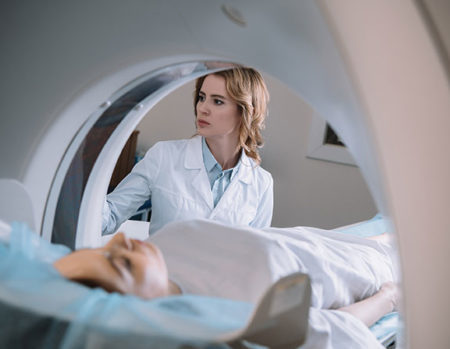 Our patients can receive MRI imaging onsite at both our Louisville and New Albany Clinics.
Our patients can receive MRI imaging onsite at both our Louisville and New Albany Clinics. Providing the latest advances in orthopedic surgery is our specialty.
Providing the latest advances in orthopedic surgery is our specialty.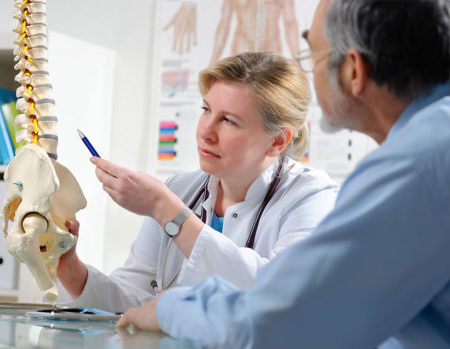 We take a unique, multidisciplinary approach to pain management.
We take a unique, multidisciplinary approach to pain management.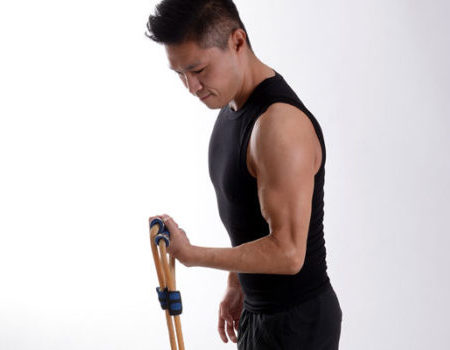 Our physical therapists use advanced techniques to help restore strength and mobility.
Our physical therapists use advanced techniques to help restore strength and mobility. 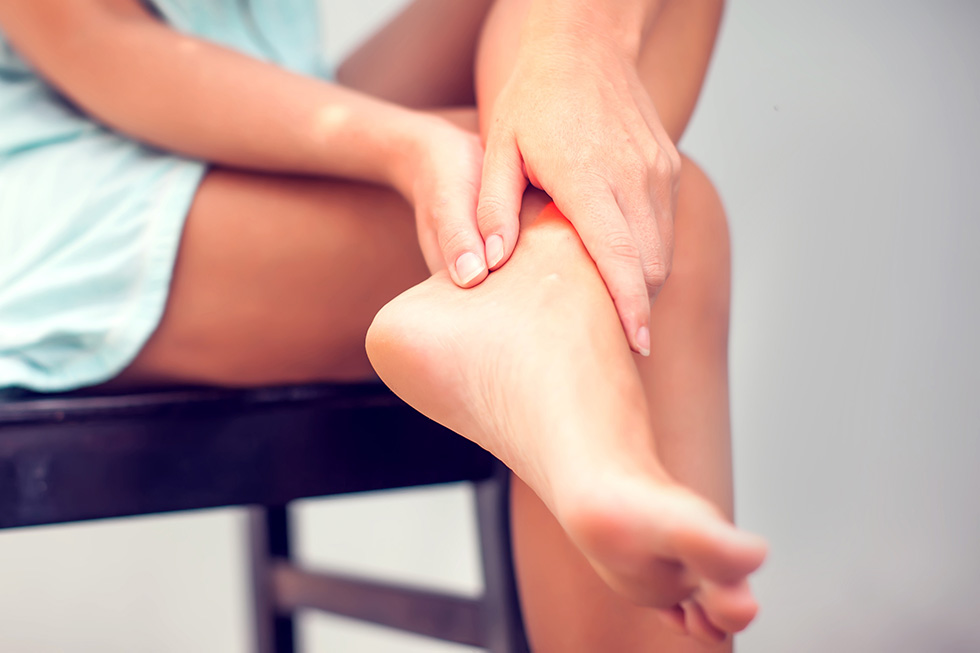 We provide comprehensive, conservative care for a wide variety of foot and ankle conditions.
We provide comprehensive, conservative care for a wide variety of foot and ankle conditions.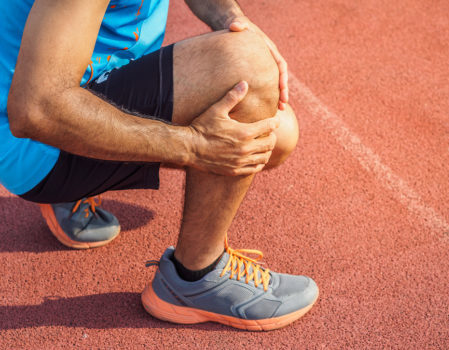 We offer same- and next-day care to patients with acute injuries.
We offer same- and next-day care to patients with acute injuries.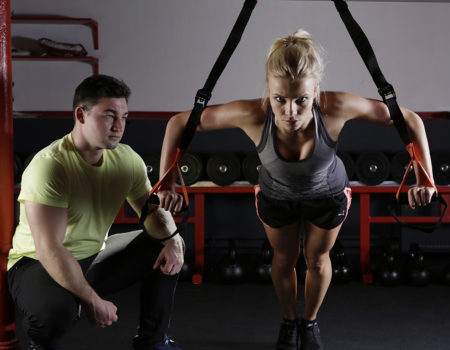 Get back in the game with help from our sports medicine specialists.
Get back in the game with help from our sports medicine specialists. 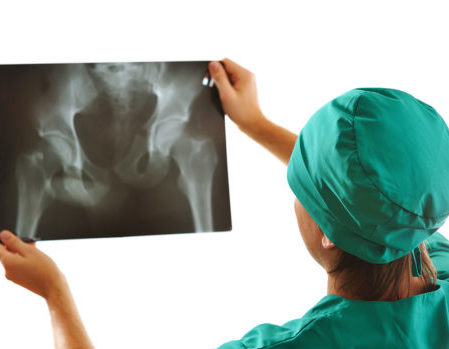 Our centers are equipped with a state-of-the-art digital X-ray machine.
Our centers are equipped with a state-of-the-art digital X-ray machine.